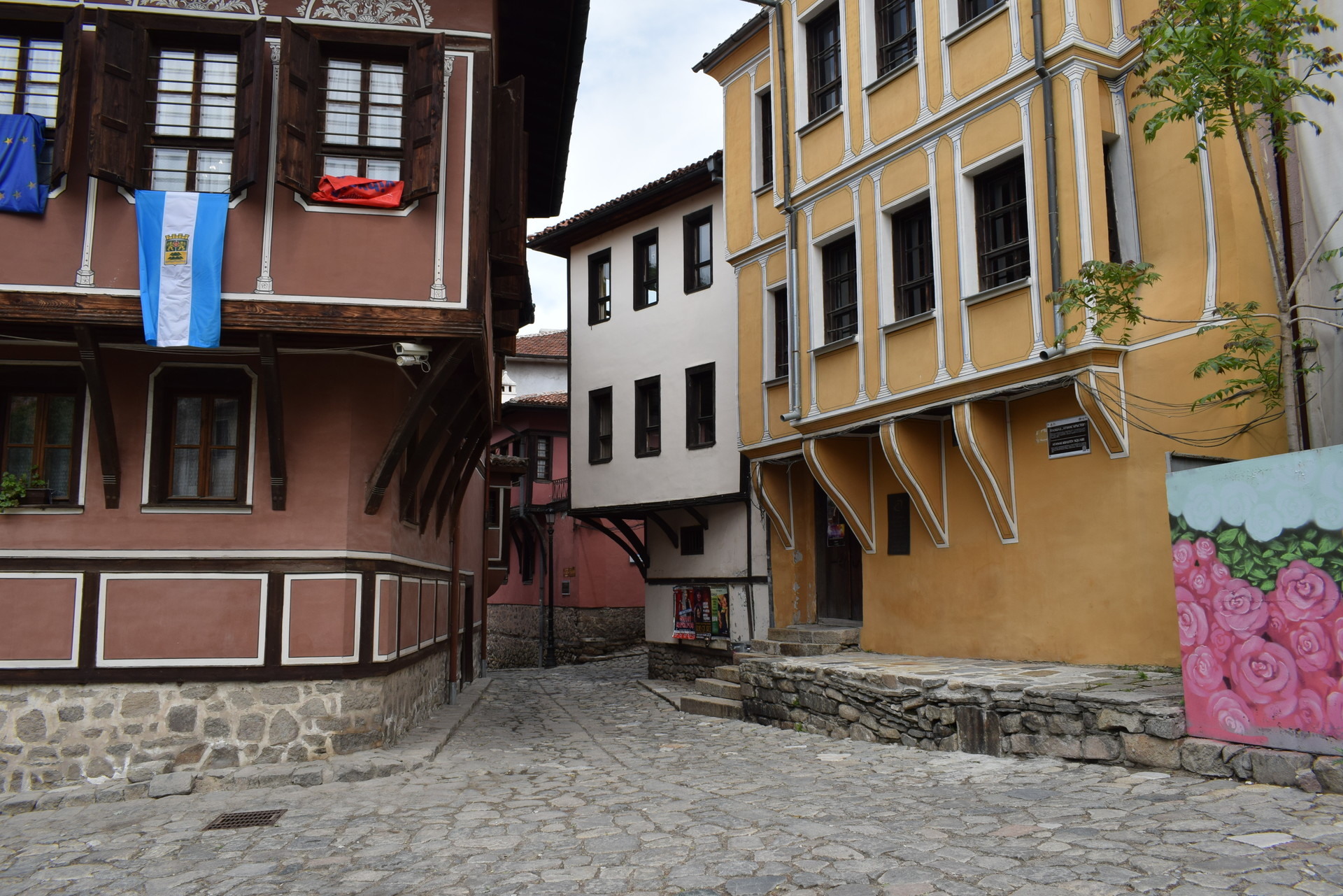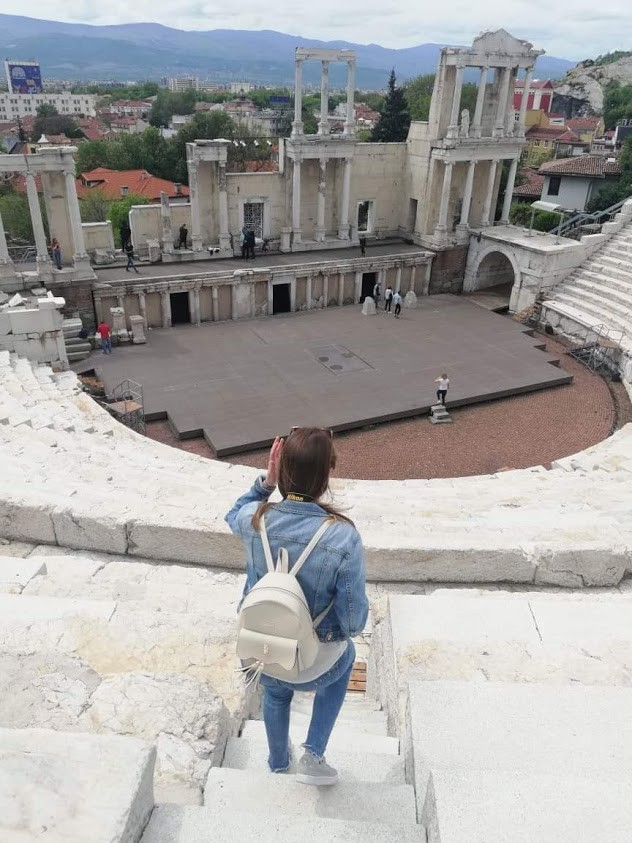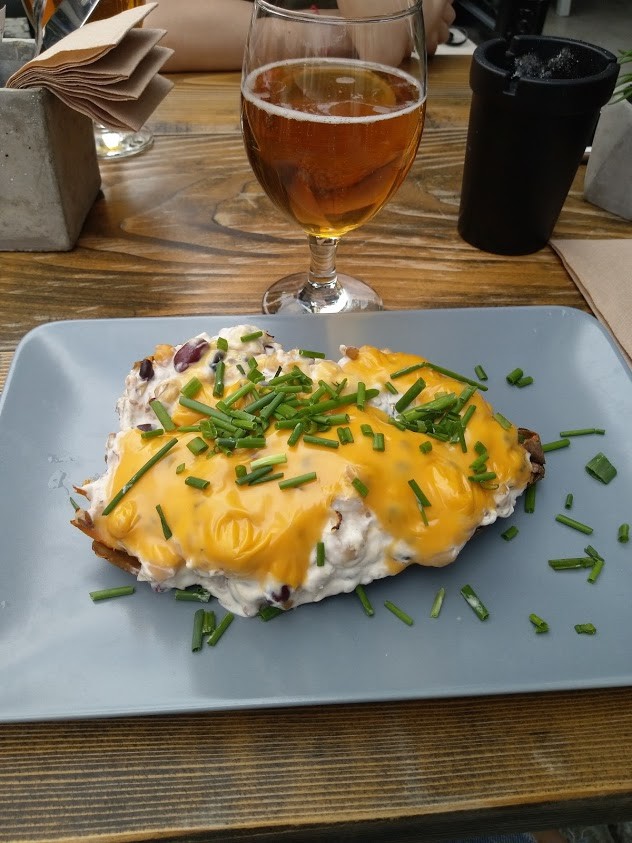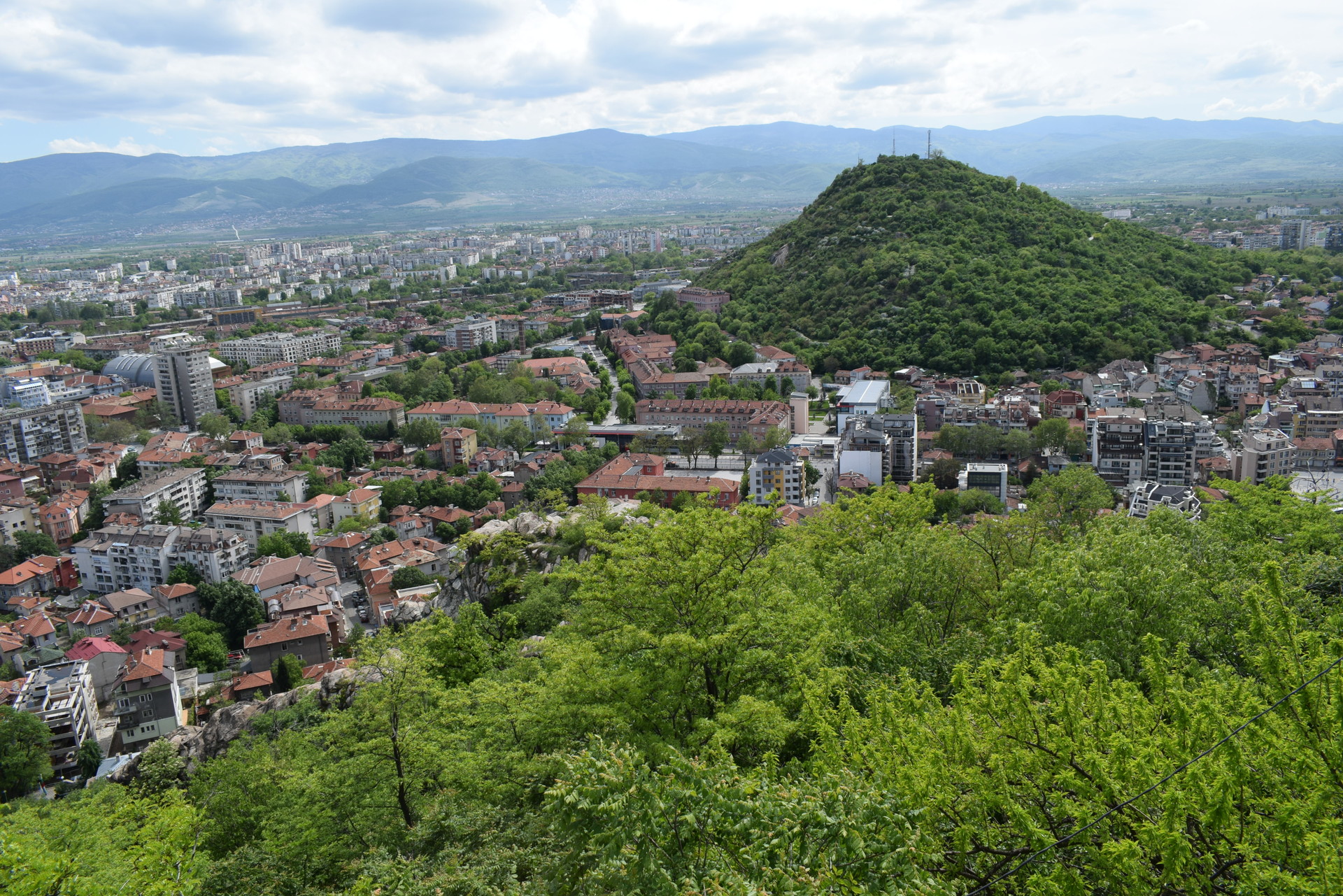Plovdiv, the cultural city of Bulgaria
Plovdiv is one of my favourite Bulgarian cities that I would visit every season. It is the most colourful city with lots of history and culture gathered in it. The city was established many centuries before the birth of Christ and there were many ancient groups of people that were trying to control it like Thracians, Romans, Byzantines and Bulgarians. In the ancient time, Plovdiv changed its name a lot, which was initiated by its rulers. For example, it was called Philippopolis by Philip the Second, who was the father of Alexander the Great. Then, when the Thracians took their city back they renamed it Pulpudeva and during the Roman ruling, the city was called Trimontium or the city of the three hills. In the city of Plovdiv, there are many remains that suggest its importance during the period of Antiquity and that it was one of the most prominent trade centers back then.
During the Middle Ages, the city was either under the rule of the Byzantine Empire or under the Bulgarian Kingdom. Eventually, when the Ottoman Empire attacked the lands it stayed under its ruling for around five centuries and became one of the economic and cultural centres in the Empire. Thus, there were many Bulgarian aristocrats and rich Bulgarian families that lived in Plovdiv and did a lot of business there.
Plovdiv is one of the most attractive cities in Bulgaria and this is mainly due to its cultural and historical richness. It is definitely a very welcoming city, offering one of the nicest green parks all around the city and a nice coastal park near the river of Maritsa.
The awesome spots to visit while in Plovdiv
There are a lot of things to visit while in Plovdiv, but I will share with you what I like to visit mostly when I visit the city. Recently, Plovdiv became one of the most visited cities in Bulgaria, because of its rich culture, the colourful old city and remarkable architecture. That is why, below I will share with you my favourite spots in the city along with places where you can eat, drink and have fun.
The Old town of Plovdiv
The old town of Plovdiv is one of the most colourful and culturally rich districts of the city. It is my absolute favourite spot and I tend to wander there a lot, as part of my stroll around the city. The old town offers a lot since it gathers in itself landmarks from the early Antiquity, the Middle ages and the later Bulgarian Revival period.Some of the most famous landmarks in the old town of Plovdiv are the Ancient Roman theatre that is walking distance from the old city. The ancient gate Hisar Kapia that over which are built some houses in the Bulgarian Revival architectural style. In the old city of Plovdiv is also the hill Nebet Tepe, where the city was founded many centuries ago and there are still many remains proving the origins of the city. In addition to that, right at Nebet Tepe is situated one of the most beautiful churches of Plovdiv, the church of the Holy Mother of God.

In the old city of Plovdiv, there are lots of museum houses that were built during the Revival period in Bulgaria. Most of these houses belonged to many rich merchants that were doing business in Europe and built the houses as places for entertainment. The houses are very rich in colour, culture and are built a very different architectural style that you will see nowhere. Thus I would definitely recommend you to visit at least one of them. My favourite museum house is the Balabanov house, which is painted in red and is a quite huge house in the center of the old town. You can expect to spend there at least 1 hour while walking around its rooms and exploring the various belongings of the house.
Church of the Holy Mother of God
The church of the Holy Mother of God is situated in the Old town of Plovdiv and is one of the most famous landmarks in the city. The church has a tall bell tower that is the first thing you will notice about it, once you reach it. Inside of the church, there are many frescoes of saints and an altar that is typical for the churches of the Revival period in Bulgaria.

The church existed since the ninth century but around the fourteenth century, it was destroyed by the Ottoman Turks when they took control over the city. However, after the country of Bulgaria took the control back, the church was renovated and the tall bell tower was built.
The Ancient Theater
Then, right after the old town of Plovdiv and the church of the Holy Mother of God is the famous Ancient Theater of Plovdiv. The Ancient Theater was built around the first century by the Romans that were ruling the lands at this time. Its purpose was to entertain the people of the city and the friends of the Emperor of that time. Once I entered the theatre I saw the white marble stairs that were used as seats. There were many statues that were well-preserved at the stage and even some of the columns there were still standing and keeping part of the roof that was left at the theatre. In addition to that, the theatre also had a couple of entrances that were very well-preserved and from where the people were entering into the theatre to watch performances.

An interesting fact is that many of the seats were named for the important people or the close ones to the Emperor. There are also artefacts proving that the theatre was used for gladiator fights with animals and not only for plays and recitals. Nowadays, the Ancient Theater is used for many music festivals, plays or cultural events. Thus, if you are lucky you might have the chance to attend one.
To enter the Ancient Theater of Plovdiv the price is 6 leva (3 euros) for adults and 2 leva (1 euro) for students.
The Roman Stadium
A bit further is the Roman stadium of Plovdiv, which is another prominent archaeological landmark. It can be easily reached, as it is right into the center and to enter you have to go down the stairs on the side. The Roman stadium was used for sports games, especially when the Emperors were coming to visit the old city of Plovdiv. Nowadays, there are many artefacts left, like the white marble seats, columns and engraved stones with the names of the important people that were coming to watch the games. During the games, the people were even using specifying coins that were made for the games and they can also be seen there. To enter the Roman stadium is absolutely free of charge and there are a couple of cafes that are overlooking it, thus you can take a seat and enjoy the view.
The Dzhumaya Mosque and its unique café
The mosque was built around the fourteenth century and after that was demolished a couple of times until it was rebuilt again. Nowadays, the mosque is situated next to the Roman stadium, exactly in the city center and there are lots of people that gather there. Right in the mosque is the famous Dzhumaya café, where you can try one of the finest Turkish dishes. Thus, don’t miss this out, you will be surprised! One of my favourite deserts there is the Kanafeh, which is a baked cheese in a noodle-like bread, put in a sweet syrup and it is absolutely delicious. You can also try the baklava or halva, or if you prefer something salty, ask them for the Turkish banitsa with meat or cheese.
The Kapana neighbourhood
Going a bit down the main pedestrian street is the creative district of Plovdiv, which is full of life, art and music. The neighbourhood of Kapana has existed for many centuries and has always gathered lots of people like a magnet. It is for sure one of the best parts of the city where you can eat some awesome food, drink lots of draft beer and have some fun with friends or the locals. One of my favourite places there are Cat and Mouse, which is a very nice bar, the Monkey bar and Pavaj. Thus, I would definitely recommend to you to visit this lively district in the city of Plovdiv.

The Hills of Plovdiv
Plovdiv is known as the city of the hills and this is due to its hilly lands. The hills are the points in the city where most of the people go for a walk, to do some sports or simply to rest. They are also one of the best points from where you can take a look at the city from above and enjoy its beauty.
One of my favourite hills in Plovdiv is the Monument of the unknown soldier or as the locals call it – Alyosha. It is a huge park in which you can walk around and if you want you can climb it, but you have to be careful as the cobbled path might be a bit slippery, especially if it has rained. Once you reach the top you will enjoy an amazing view over the city, the Youth hill and the garden of Tsar Simeon. The garden of Tsar Simeon is also another spot to visit, especially on hot summer days. Usually, when I visit Plovdiv I tend to stay a lot at the Alyosha hill, as it is an amazing opportunity to rest your mind and enjoy the gentle breeze.

Another hill I would recommend visiting is the Youth hill that is close to the Medical University of Plovdiv. It is also a huge park with a hill that overlooks the city and offers a serene place for rest. It is also the place where most of the young local people gather and this is where its name comes from.
Nebet Tepe is also one of my favourite spots in Plovdiv. Actually, it is the hill where the city of Plovdiv was found 4 thousand years before the birth of Christ. Up at Nebet Tepe are one of the oldest remains of the city along with its fortress walls, gates and houses. The Nebet Tepe is a hill that is close to the old city of Plovdiv, so once you are there you can easily reach it. However, it might be quite hard to climb it up, but it is absolutely worth it. From there, you can also see the other famous hills like the Youth hill and the Hill of the unknown soldier.
Photo gallery
Content available in other languages
Want to have your own Erasmus blog?
If you are experiencing living abroad, you're an avid traveller or want to promote the city where you live... create your own blog and share your adventures!
I want to create my Erasmus blog! →




















Comments (0 comments)